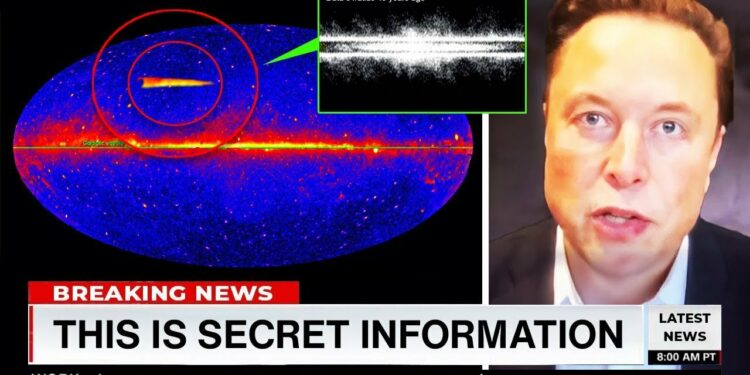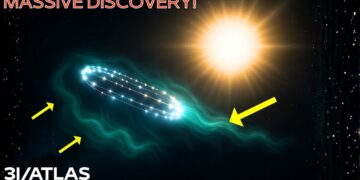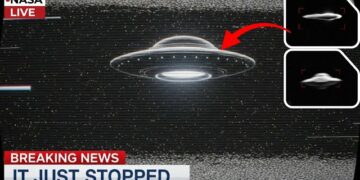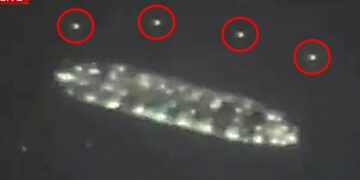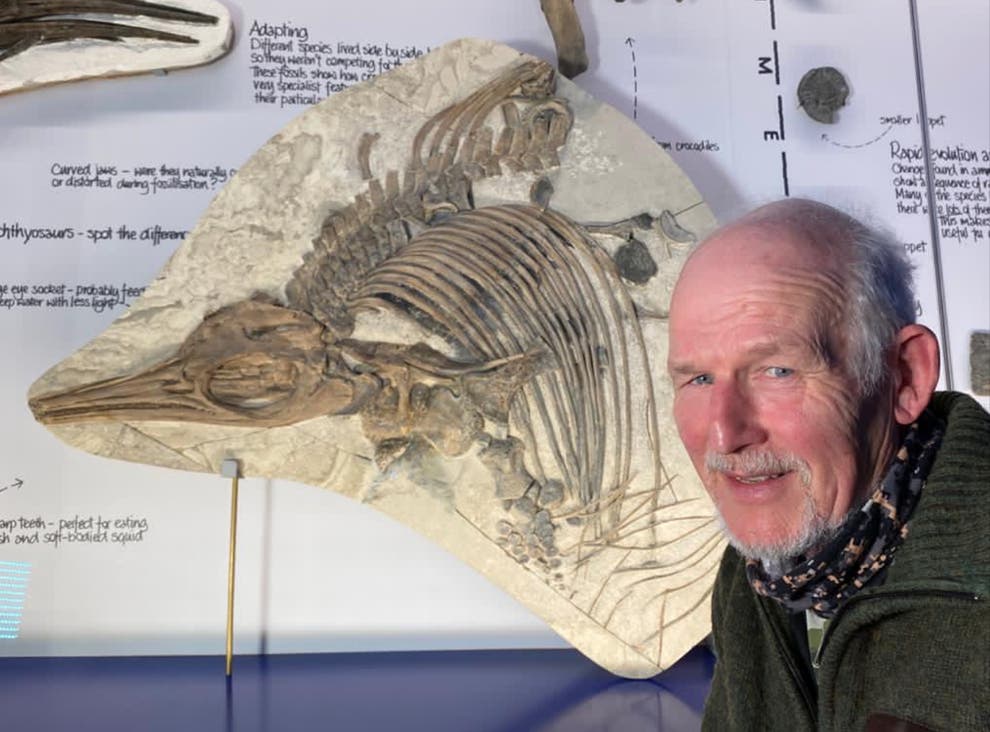On the warm evening of August 15, 1977, astronomer Jerry Ehman was sifting through reams of computer printouts at Ohio State University’s Big Ear radio telescope. Night after night, the instrument scanned the heavens, recording the faint electromagnetic murmur of the cosmos: hydrogen clouds, distant quasars, and the steady hum between stars. Most data showed only routine blips—airplanes, local interference, nothing more.
But on this night, buried in the August 15 readout, appeared a signal so intense and anomalous that Ehman circled the sequence in red ink and scrawled a single word: Wow!
The signal lasted exactly 72 seconds, then vanished forever. It was 30 times stronger than background noise, narrowband, and focused—unlike the broad-spectrum emissions of natural phenomena. Its intensity rose and fell in a pattern consistent with a rotating point source, such as a planet or spacecraft. Most crucially, it arrived at 1420 MHz—the exact frequency of neutral hydrogen, the universe’s most abundant element and the “cosmic calling card” any advanced civilization would logically choose to announce its presence.
A subtle Doppler shift revealed the source was moving toward Earth at ~10 km/s. The signal originated near the constellation Sagittarius, close to the galactic center’s star-crowded core.
For nearly five decades, the Wow! signal remained unexplained—no comet, satellite, or known phenomenon fit the data.
Enter the Mysterious Visitor
In October 2019, the Asteroid Terrestrial-impact Last Alert System (ATLAS) detected an object racing in from interstellar space. Initially classified as a comet, it soon revealed impossible traits: hyperbolic velocity, no solar system origin, and a trajectory from beyond the Sun’s gravitational reach.
Designated 3I/Atlas (the third confirmed interstellar object after 1I/ʻOumuamua in 2017 and 2I/Borisov in 2019), it defied every expectation.
The Impossible Alignment
In late 2024, Harvard astrophysicist Avi Loeb traced 3I/Atlas’s path backward through time. The result stunned the astronomical community: in August 1977, 3I/Atlas was positioned within 9° of arc from the exact sky location of the Wow! signal—a precision equivalent to less than 18 full moons’ width in the vastness of space.
Loeb’s statistical analysis calculated a 0.6% probability of random coincidence—implying a 99.4% likelihood of connection.
Surviving the Solar Storm
On September 25, 2025, the Sun unleashed a colossal coronal mass ejection (CME), hurling billions of tons of plasma at millions of kilometers per hour. Models predicted it would strike 3I/Atlas within 48 hours, shredding any normal comet’s fragile ice and dust tail.
Yet post-storm observations revealed no disruption. The object’s structure, trajectory, and emissions remained pristine—behavior impossible for a natural icy body.
The Headlight Discovery
High-resolution Hubble images from late 2025 revealed the most shocking anomaly: no cometary tail. Instead of solar vaporization producing a glowing plume streaming sunward and away, 3I/Atlas displayed a concentrated forward-facing glow at its leading edge—like headlights.
Spectral analysis ruled out known comet chemistry. The emission was not the green of excited carbon but suggested an unknown physical process—or artificial illumination.
The Mothership Theory
Avi Loeb proposed a radical hypothesis: 3I/Atlas is not a comet but an artificial mothership constructed by an advanced extraterrestrial civilization.
Evidence includes:
- Reconnaissance trajectory: Optimal flybys of Mars (18.6 million miles), Venus, Jupiter, and outer giants—maximizing observational coverage.
- Strategic perihelion timing: Closest solar approach occurred while Earth was on the opposite side of the Sun, blinding ground-based telescopes in solar glare during critical weeks.
- Ecliptic alignment: Only 5° deviation from the planetary plane—statistically implausible for a random interloper.
The Escort Fleet
In September 2025, the Vera C. Rubin Observatory detected nine smaller objects in tight formation around 3I/Atlas. Each ~1/10th the main body’s size, they maintained coordinated orbits and emitted ~20 GW of power—enough to run a major city for a day. Collectively, the fleet generated 10 times more energy than the central object.
No natural process can account for such output without self-destruction.
Impossible Size and Power
- Diameter: 20–46 km (larger than Manhattan, nearly twice the Chicxulub impactor).
- Mass: ~33 billion tons—orders of magnitude beyond any known interstellar object.
- Transit probability: Natural giants this size should appear once every ~10,000 years. Humanity detected it within a decade of modern surveys.
- Energy output: Far exceeds reflected sunlight, radioactive decay, or thermal emission possible for a natural body.
Perfect Trajectory and Timing
3I/Atlas arrived from the galactic center—the densest stellar region and most likely cradle of advanced life. Its velocity and gravitational interactions show controlled navigation, not chaotic ejection.
Its perihelion concealment behind the Sun demonstrates intimate knowledge of Earth’s orbital mechanics and observational limits—hallmarks of deliberate mission planning.
Conclusion
The Wow! signal may have been 3I/Atlas’s initial beacon. Now, 48 years later, the source returns—larger, more powerful, and accompanied by an energy-emitting fleet. Its path, resilience, illumination, and precision defy natural explanation.
Is this humanity’s first confirmed contact? A reconnaissance probe? Or the vanguard of something greater?
The object races toward Earth. The question is no longer if it was trying to reach us—but what happens when it arrives.

